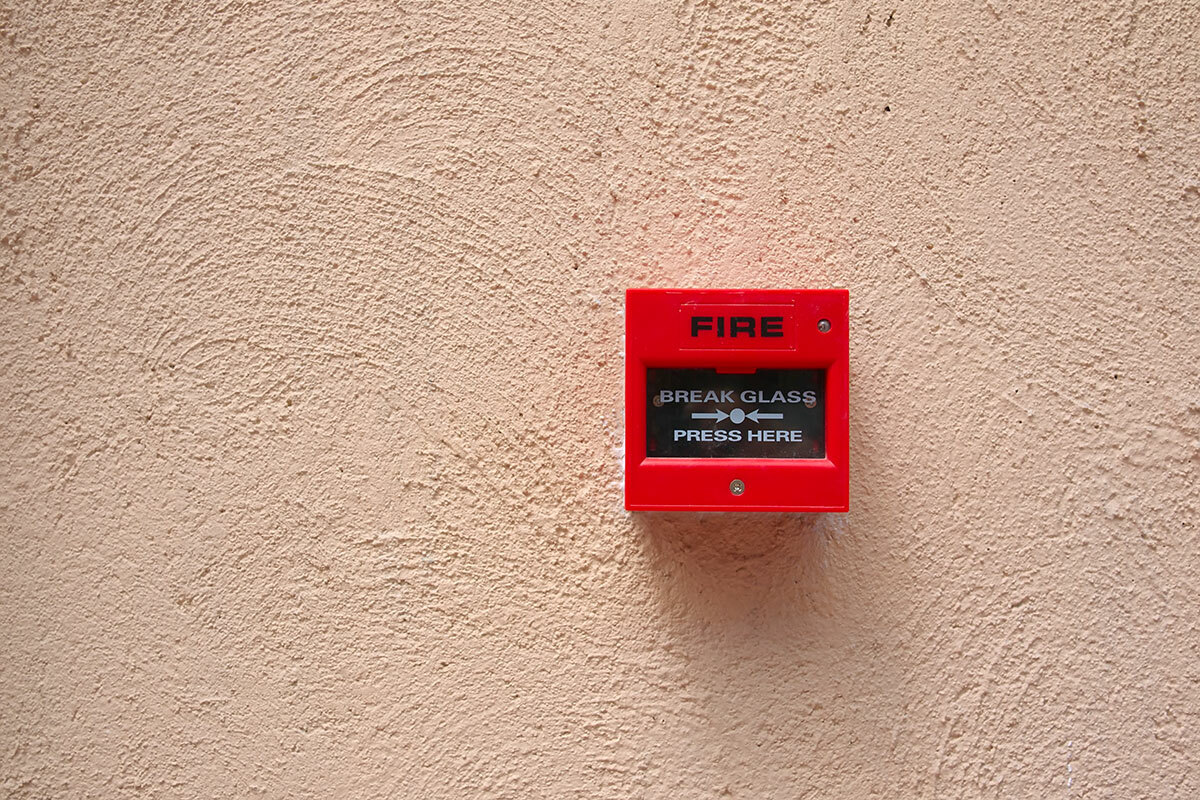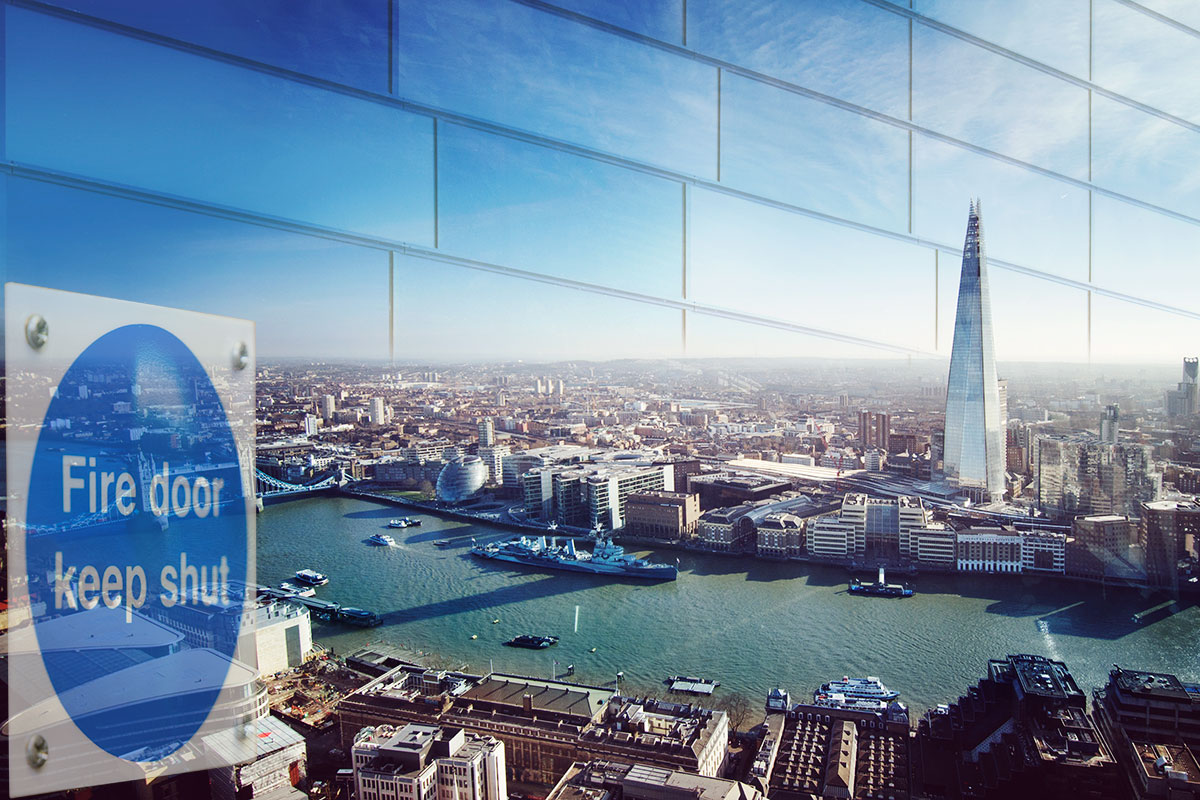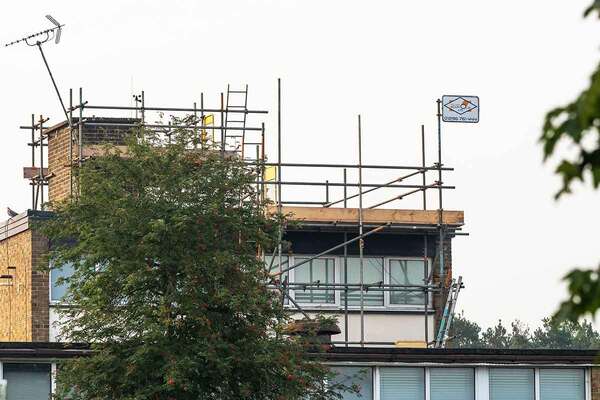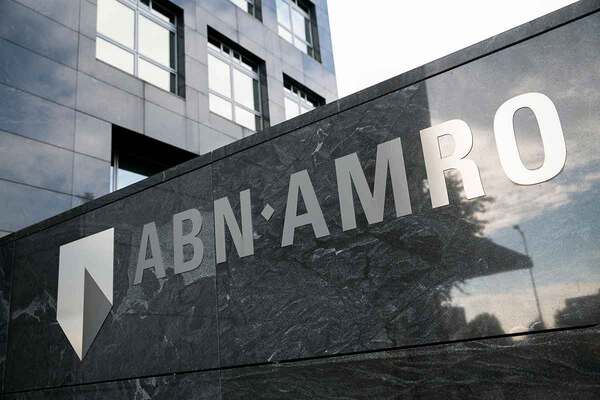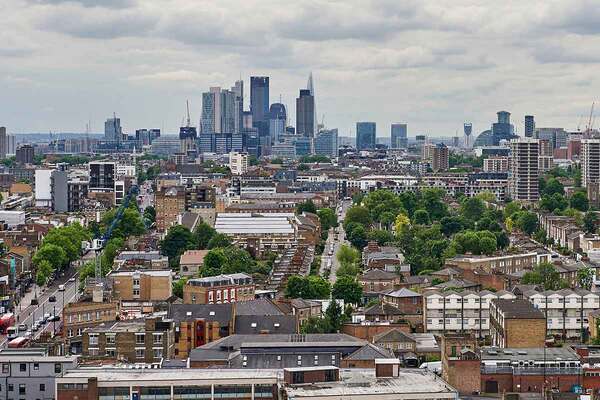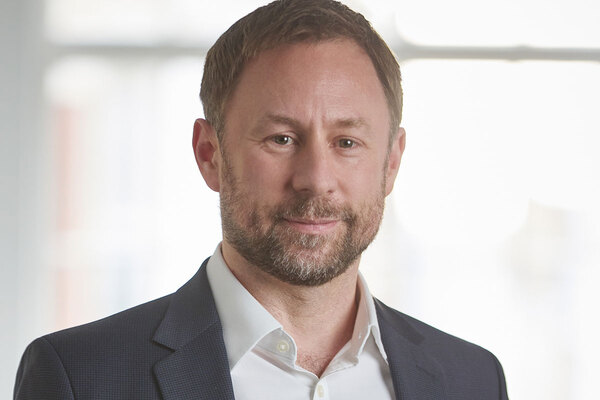Three years on from Grenfell, we must move faster on fire safety
Three years on from the Grenfell Tower fire, a fit-for-purpose fire safety regime is still a long way away, writes Darren Rodwell, executive member for housing and planning at London Councils
Sunday 14 June marks the third anniversary of the Grenfell Tower fire, in which 72 people lost their lives.
Three years on from the tragedy, where are we with the colossal job of reconstructing the national building and fire safety regimes? The answer is that although we are making progress, there remains much to do.
While COVID-19 has of course dominated the government’s agenda in recent months, it’s essential that ministers maintain momentum on the crucial issue of improving fire safety and keeping people safe.
This is a continuing concern for London local government and the residents we serve and represent. In my own borough of Barking and Dagenham, we suffered a serious fire at Samuel Garside House in June 2019 that required 79 households to flee to safety as the building went up in flames within minutes.
Thankfully no one was injured – but it could so easily have been another catastrophe.
So when I meet with ministers and officials to discuss fire safety, I am clear that we need to see faster progress.
Change is happening. Combustibles have been banned from use in external wall systems of high-rise blocks. A new Fire Safety Bill is being legislated and a Building Safety Bill is also due to start its passage through parliament later this year.
But three years on from Grenfell, we’re still a long way from a ‘fit for purpose’ fire safety regime. There are three key issues that need to be addressed: funding, leaseholder access, and the scope and implementation timescales for new safety measures.
Funding fire safety works
Fire safety is extremely expensive. According to the G15 group of London housing associations it will cost £6.9bn for fire safety works in their 1,145 blocks in the capital.
For councils, these massive costs come at a time when Housing Revenue Accounts (HRA) are already stretched by a range of urgent pressures – all within the context of a four-year government-mandated annual social rent cut of one per cent, which only ended in 2019/20.
Early indicators suggest that the COVID-19 crisis will add an extra £130m of financial pressures to London boroughs’ HRAs across 2020/21. This will more than triple the aggregated London HRA in-year deficit for 2020/21 – a deficit that has been systematically eating into reserves since 2017/18.
Government grants have been welcome, but they pay for the remediation of aluminium composite material (ACM) cladding only. The £1bn Building Safety Fund earmarked for the remediation of non-ACM external wall systems largely excludes social landlords – unless the remediation costs threaten the financial viability of the provider or the HRA.
This is hugely disappointing, and councils will need to continue scaling back spending in other vital areas to compensate, not least the construction of desperately needed new social housing.
If councils are expected to take full responsibility for these costs while private landlords receive central government support, it seems only right that local government is given the financial freedom to take their destinies into their own hands. A good starting place for this would be greater flexibilities over social rents and Right to Buy discounts.
Accessing properties
But funding isn’t the only pressing issue. Leaseholder access is an extremely important concern that requires more attention from the government.
London boroughs are clear that robust powers are needed for entering, inspecting and enforcing action in leaseholder-owned properties in multi-occupancy residential buildings.
However, a recent High Court ruling against Oxford County Council (in Piechnik v Oxford County Council) stated that the local authority does not have the right to access a leaseholder property in a social housing block to install fire safety improvements.
This means the hope of a legal precedent looks increasingly unlikely and the only real route to resolving this issue is through new legislation.
Scope of requirements
Our third area of key concern is around the expected Building Safety Bill’s scope and implementation timescale.
Regarding its scope, the government originally proposed measures covering only buildings taller than 18m or with more than six storeys. This is an arbitrary figure – and would do nothing for buildings such as Samuel Garside House, which stands at just under 18m.
In our view it should reflect at least the recommendation of the London Fire Brigade and apply to all multi-occupancy residential buildings taller than 11m and all buildings where vulnerable people sleep. After feedback from ourselves and others responding to the ‘sprinklers and other fire safety measures’ consultation, the government now intends to lower the height of new builds requiring sprinklers to 11m.
We certainly welcome this expansion in scope and would now like to see this positive momentum applied to the Building Safety Bill.
The Building Safety Bill will require a raft of landlord investments, but until the final details are clarified no one wants to misallocate scarce public resources on works that may or may not be necessary. In these financially challenging times, we must be as efficient as possible.
The task of implementing the new building safety regime with all its bells and whistles is simply not deliverable for local authorities without an adequate transition period. We need a pragmatic, phased approach based on risk, with a minimum of five years to get to the end goal. Without this, it is simply undeliverable with the available resources.
London boroughs – like our partners across the social housing sector and wider local government – are determined to keep working closely with ministers on this crucial agenda. While we have serious concerns and won’t hold back from pushing for further policy changes and support, on the whole we’ve found that the government responds positively to well-reasoned arguments.
I remain hopeful about what can be achieved. Now more than ever, we need to keep analysing and shaping the policy detail and maintaining our collective commitment to making sure everyone in this country is safe in their home.
Darren Rodwell, executive member for housing and planning, London Councils; and leader, Barking & Dagenham Council
RELATED

